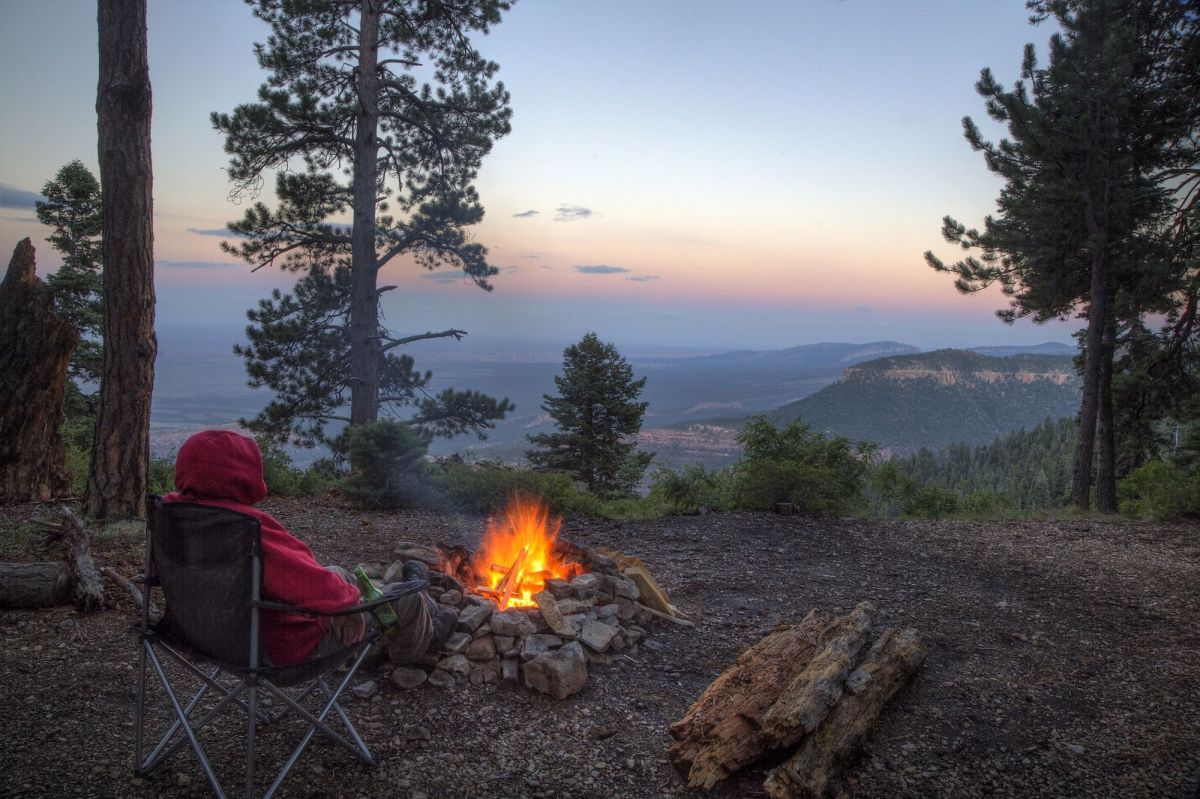1. Know the limits of your fire before you hike. Managers of scenic and hiking areas often have certain requirements regarding the use of fire, especially during fire seasons. They should be more careful. On the way, you should pay more attention to instructions, signs, etc. in forest fires and fire prevention. Please note that fire protection is stricter in some areas during fire season. As a tourist, it is your responsibility to be aware of these requirements.
2. Collect only a few fallen branches and other materials, preferably away from camp. Otherwise, after a while, the surroundings of the camp will be abnormally bare. Do not cut living trees, prune growing tree trunks, or pick dead tree trunks, as many wildlife use these areas.
3. Do not use a flame that is too high or too thick. Large amounts of firewood rarely burn completely, usually leaving behind bonfire debris such as black carbon that affects biocycling.
4. Where fires are permitted, existing fireplaces must be used. Only in case of emergency, I will build it myself and restore it to its original condition after use, subject to conditions. If there was a hearth, it should also be cleaned on leaving.
5. All flammable items must be removed from the fireplace.
6. The place where the fire burns must be combustible, such as earth, stone or silt. Choose your home carefully.
7. Remove the remaining ashes. Take the coals in the ring of fire, destroy them and spread them over a wide area. Destroy everything you’ve built for a living, leaving no wooden blocks or anything else behind. It may seem like a lot of work, but it is responsible action to combat the long-term effects of wildfires.
Fire and Extinguishing:
1. To start a fire, make a small hollow cone with dry branches, put leaves and hay in the middle and light a match. (Be careful not to carry fireproof or waterproof matches. Flammable substances are part of the Ten Precautions.)
2. When the temperature of the small fire increases, add the large branch accordingly. Move a burning branch or other object to the center of the fire and let it burn completely. Ideally, this ash should be burned.
3. Incineration is limited to rubbish reduced to ashes. Do not burn plastic, cans, foil, etc. If you must burn trash that is not entirely combustible, you may need to pick up the trash and bring it home, or drop it off at a nearby recycling point.
4. Do not leave the fire unattended.
5. If you need to dry clothes, tie a rope to the wood near the fire and hang the clothes on the rope.
6. When putting out a fire, pour water first, then step on all the sparks, then keep drinking more water. Do this as many times as possible to completely eliminate the flame. The ash should be palpable when removed from the fire. Make sure all flames and sparks are extinguished and cool before leaving.
7. Observe fire safety and take responsibility for extinguishing and mitigating consequences.
Post time: Sep-16-2022








